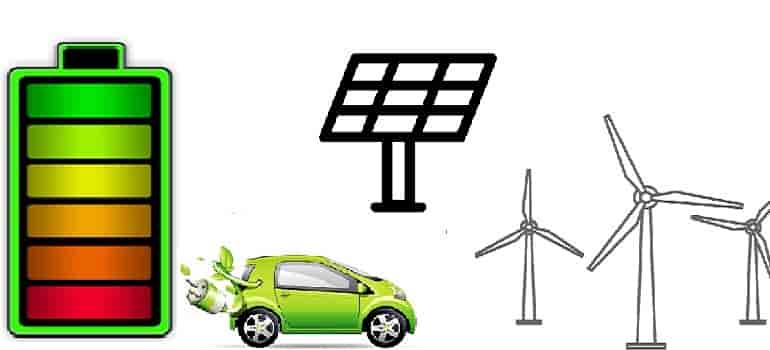Lithium-ion batteries are a popular choice for electric vehicles (EVs) due to their high energy density and long lifespan. The manufacturing process for these batteries is a complex and multi-step process that involves the sourcing of raw materials, the production of the individual components, and the assembly of the finished product.
The first step in the manufacturing process is the sourcing of raw materials. The key components of a lithium-ion battery are the cathode, anode, and electrolyte. The cathode is typically made from lithium cobalt oxide (LiCoO2), while the anode is made from graphite. The electrolyte is a liquid or gel that allows ions to flow between the cathode and anode. These materials are sourced from a variety of suppliers, often from different countries.
Once the raw materials have been sourced, they are then processed to create the individual components of the battery. The cathode and anode materials are mixed with a binder and pressed into sheets, which are then cut into the desired shape. The electrolyte is also processed and filled into the battery cells.
Next, the individual components are assembled into the finished product. This is done by stacking the cathode and anode sheets together with a separator between them. The electrolyte is then added, and the cell is sealed. The individual cells are then connected in series or parallel to create the desired voltage and capacity for the battery.
The battery pack is then tested to ensure it meets the required specifications. This includes testing the voltage, capacity, and internal resistance of the battery. Any batteries that do not meet the required specifications are rejected.
Finally, the finished battery pack is packaged and shipped to the EV manufacturer where it is integrated into the vehicle.
Lithium-ion batteries are an important component of electric vehicles, and the manufacturing process is a complex and multi-step process that requires a high level of precision and quality control. It begins with the sourcing of raw materials, including lithium cobalt oxide and graphite, and continues with the production of the individual components, including the cathode, anode, and electrolyte. These components are then assembled into the finished product and tested to ensure they meet the required specifications. The finished battery pack is then packaged and shipped to the EV manufacturer where it is integrated into the vehicle.
It is worth noting that the above description is a simplified version of the process, in reality it has many more steps and a lot of quality control, and safety measures involved. Additionally, there are different types of lithium-ion batteries with different chemistries that might have different manufacturing steps and raw materials.


